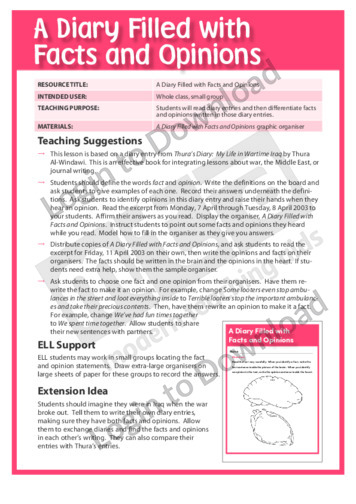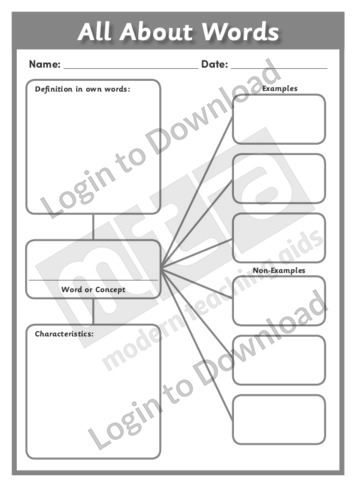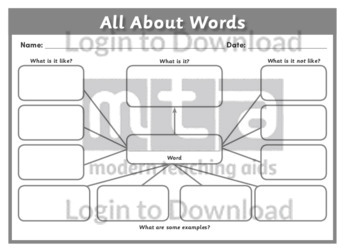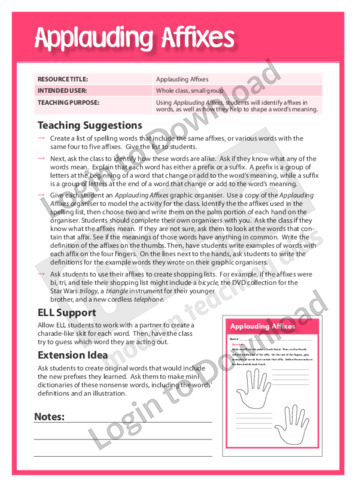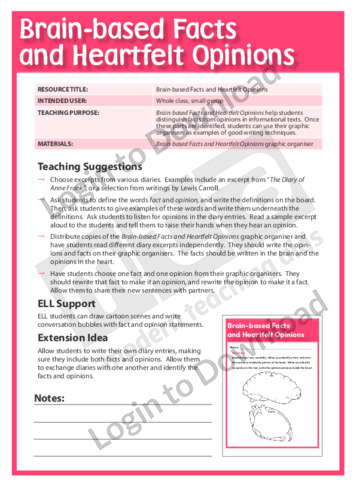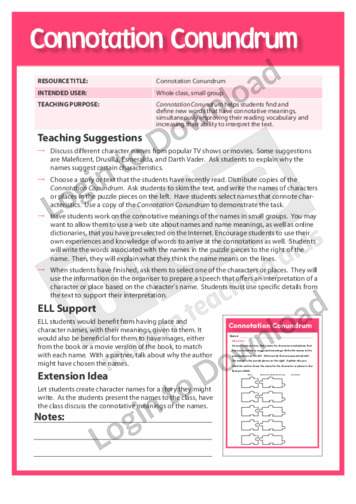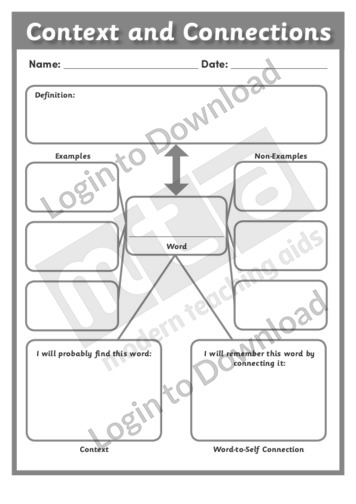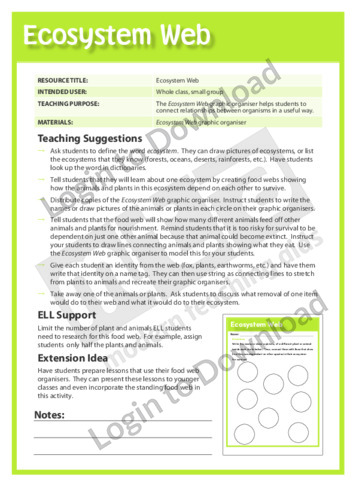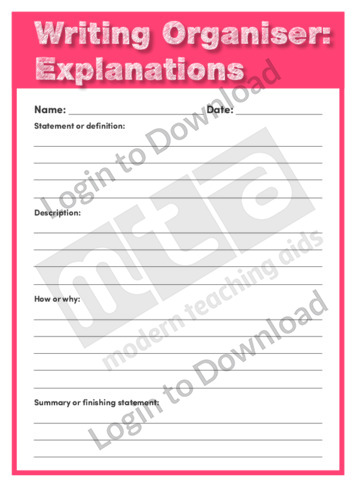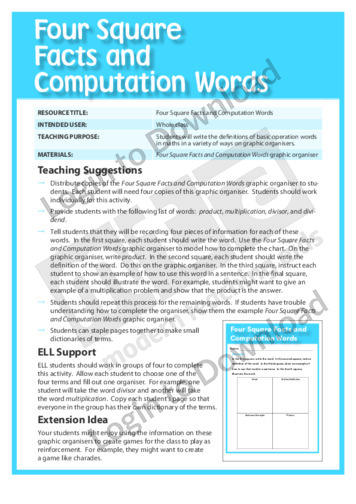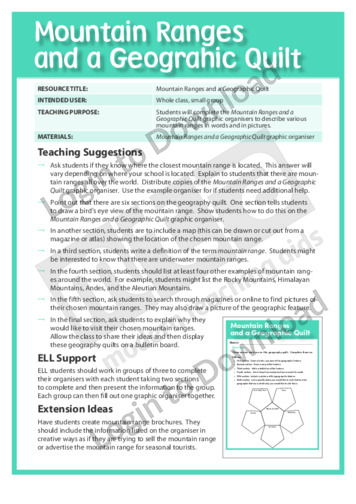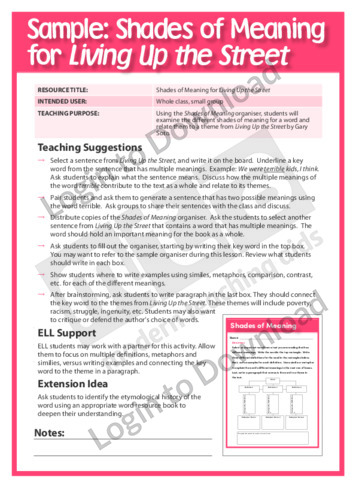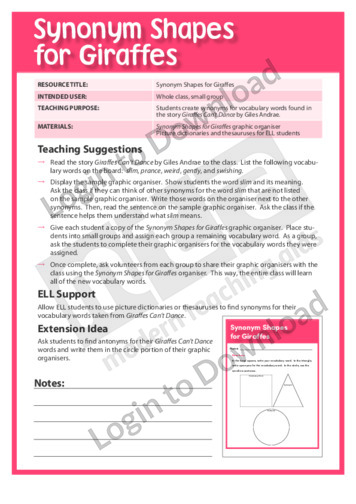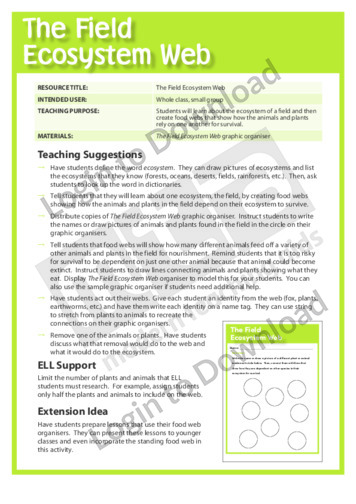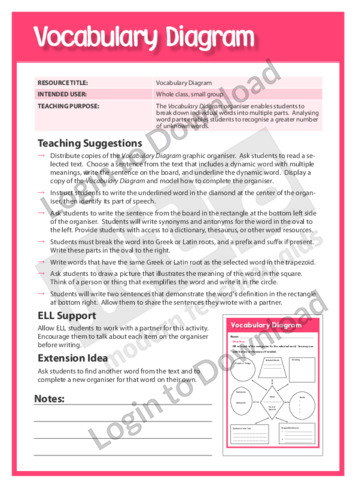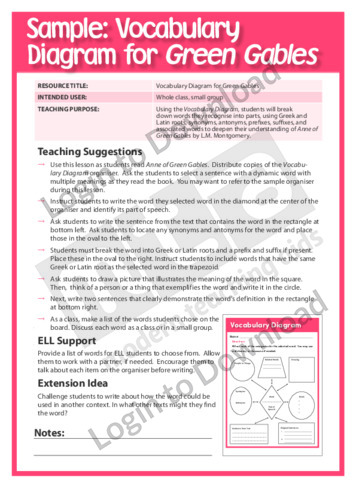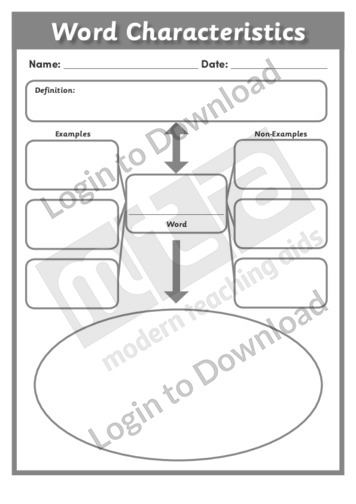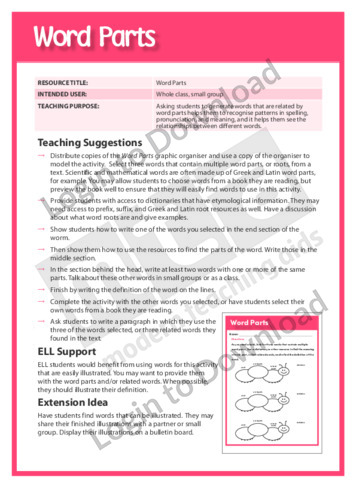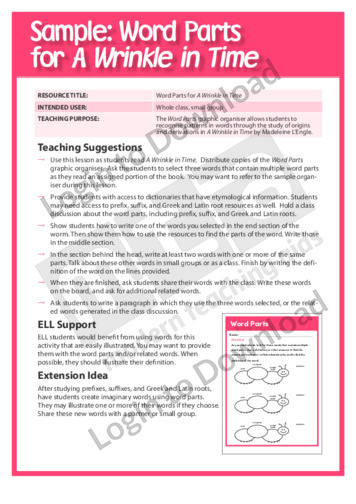This graphic organiser, ‘A Diary Filled with Facts and Opinions’ asks students to read diary entries and differentiate facts and opinions in the text.
This graphic organiser, ‘All About Words’ provides a graphical mind map that students can use to organise information and understand the meaning of new vocabulary. The resource prompts students to identify the new word, describe it using examples and non-examples, describe its characteristics and then create their own definition. It can be used when exploring …More
This graphic organiser, ‘All About Words’ provides a graphical mind map that students can use to organise information and understand the meaning of new vocabulary. The resource prompts students to identify the new word, give examples of what it is like, give examples of what it is not like, describe it using examples and then …More
This graphic organiser, ‘Applauding Affixes’ asks students to identify affixes in words, as well as how they help to shape a word’s meaning.
This graphic organiser, ‘Applauding Affixes for the Classroom’ asks students to apply their knowledge of affixes to the classroom as they search for words that contain given affixes.
This graphic organiser, ‘Brain-Based Facts and Heartfelt Opinions’ helps students distinguish facts from opinions in informational texts.
This graphic organiser, ‘Compounding the Problem’ asks students to recognise compound words in sentences, as well as understand that two words can be combined to form a compound word.
This graphic organiser, ‘Compounding the Problem for Read Alouds’ asks students to identify compound words as they are read aloud from a literature book, then break the words into their component parts, find their definitions, and use them in a sentence.
This graphic organiser, ‘Connotation Conundrum’ helps students to find and define new words that have connotative meanings, simultaneously improving their reading vocabulary and increasing their ability to interpret the text.
This graphic organiser, ‘Connotation Conundrum for Harry Potter’ asks students to use the roots, etymological history, and denotative definitions to better understand the connotations embedded in character names in the Harry Potter books by J.K. Rowling.
This graphic organiser, ‘Contexts and Connections’ provides a graphical mind map that students can use to organise information and understand the meaning of new vocabulary. The resource prompts students to identify the new word, describe it using examples and non-examples and then create or find the definition. It also encourages students to make connections to …More
This graphic organiser, ‘Ecosystem Web’ helps students to connect relationships between organisms in a useful way.
This writing organiser ‘Explanations’ supports students to plan for writing a text that explains ‘how’ or ‘why’.
This graphic organiser, ‘Four Square Facts’ helps students to record information that appears in written story problems and analyse what they know about this information.
This graphic organiser, ‘Four Square Facts and Computation Words’ allows students to write the definitions of mathematical basic operation words in a variety of different ways.
This graphic organiser, ‘Geographic Feature’ helps students apply what they know about geographic features.
This graphic organiser, ‘Mountain Ranges and a Geographic Quilt’ helps students apply what they know about mountain ranges.
This graphic organiser, ‘Specialised Vocabulary’ supports the teaching of vocabulary, writing and science literacy by giving students a template for identifying specialised words for a topic.
This graphic organiser, ‘Synonym Shapes’ supports students to create synonyms for vocabulary words.
This graphic organiser, ‘Synonym Shapes for Giraffes’ supports students to create synonyms for vocabulary words found in the story ‘Giraffes Can’t Dance’
This graphic organiser, ‘The Field Ecosystem Web’ helps students to learn about the ecosystem of a field and then create food webs that so how the animals and plants rely on one another for survival.
This graphic organiser, ‘Vocabulary Diagram’ enables students to break down individual words into multiple parts.
This graphic organiser, ‘Vocabulary Diagram for Anne of Green Gables’ enables students to break down words they recognise into parts, using Greek and Latin roots, synonyms, antonyms, prefixes, suffixes and associated words to deepen their understanding of Anne of Green Gables by L.M. Montgomery.
This graphic organiser, ‘Word Characteristics’ provides a graphical mind map that students can use to organise information and understand the meaning of new vocabulary. The resource prompts students to identify the new word, describe it using examples and non-examples and then create or find the definition. It can be used when exploring new topics and …More
This graphic organiser, ‘Word Parts’ asks students to identify and generate words that are related by word parts.
This graphic organiser, ‘Word Parts for A Wrinkle in Time’ allows students to recognise patterns in words through the study of origins and derivations in A Wrinkle in Time by Madeleine L’Engle.
It�s that easy!

